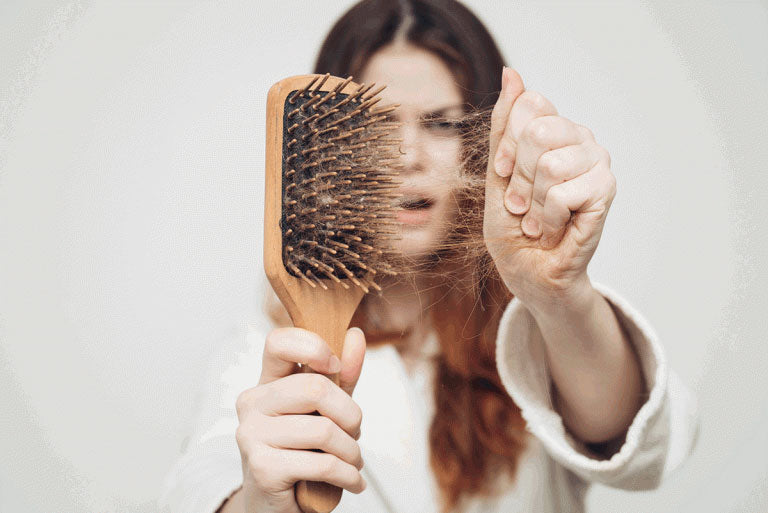Are you afraid of making an appointment to freshen up your haircut and leaving with half your mane missing?
We totally understand! While regular trims should be an integral part of any hair routine, it's easy to feel the need to skip an appointment or two to preserve your length because your hair can take years to grow.
Lucky for you, there is a way to trim your split ends without removing too much length:
- Hair Dusting . It's called that because once the dead ends are cut off, if you look at the hair that has collected on your salon cape, it will look like you're covered in dust!
If you're not familiar with this technique, we've got you covered! Keep reading to know all the details about this split ends removal method .
What is Hair Dusting?
Hair Dusting of hair is a method that allows you to cut the ends without having to part with a lot of hair. It can be considered a lighter version of a traditional cut. Hair dusting is based on an ancient technique that involved twisting sections of hair and using a candle to burn off split ends .
Hair Dusting is, of course, an updated method that doesn't include a flame but works wonders for natural hair in particular. The Hair Dusting technique relies on hair scissors , rather than a candle, to get the job done, but we'll explain how exactly hair dusting works later.
Is Hair Dusting bad for hair?
Hair Dusting isn't bad for your hair: it's just about getting rid of the dead ends you don't need! In fact, it can even be very beneficial...
Also read our opinion on Hair Dusting !
What are the benefits of Hair Dusting?
The benefits of Hair Dusting are simple:
- This technique removes dead ends and cuts only the parts of the hair that are split , overly dry, or otherwise damaged.
- This means you can keep the rest of your length and don't need to lose inches every time your ends need cleaning.
- This little cut can not only improve the overall appearance of your mane, but it can also make your hair more manageable.
- In addition, if you are bothered by the small hairs that stick out from your hairstyles, you will certainly be a fan of hair dusting , because it is these hairs that this method manages to get rid of.
What type of hair is Hair Dusting for?
In fact, all hair types can benefit from Hair Dusting .
How does Hair Dusting work?
Are you ready to learn more about how hair dusting is done? Here's the process you can expect your stylist to follow when you request a dusting instead of a cut.
1. Detangle your hair
For the hair de-dusting method to work wonders for your mane, you need to start by detangling your hair. Your stylist will use a wide-toothed comb or brush to remove knots and tangles.
2. Divide them into sections
Next, he will divide your hair into sections, so he can work on smaller portions of hair at a time.
3. Twist the strands
These first two steps are pretty standard for a haircut or trim, but this is where things get more unique. Taking a centimeter-sized section of hair, your stylist will twist it tightly and hold it firmly in place.
4. Trim the ends
Once your hair is in place, the hairdresser uses scissors to cut off any excess hair. This operation focuses on the ends and takes place slowly to prevent you from losing more hair than necessary. When the operation is complete, the hair that was removed should look like a light layer of dust.
5. Twist again
To achieve an even cut, your stylist should then twist your hair in the opposite direction and continue cutting to remove any damaged ends .
6. Repeat the operation
The hair dusting process will be repeated until it has been used on each section of hair. And There you go !
How often to do Hair Dusting?
When should you make another appointment with your hairdresser? Everyone's hair is different, but it is generally recommended to request Hair Dusting every six to eight weeks. This will help your hair stay healthy and beautiful!
Also discover: Velaterapia and Pyrophoresis: The fork burning processes !
Do you know: the fork device also called the fork cutter?




